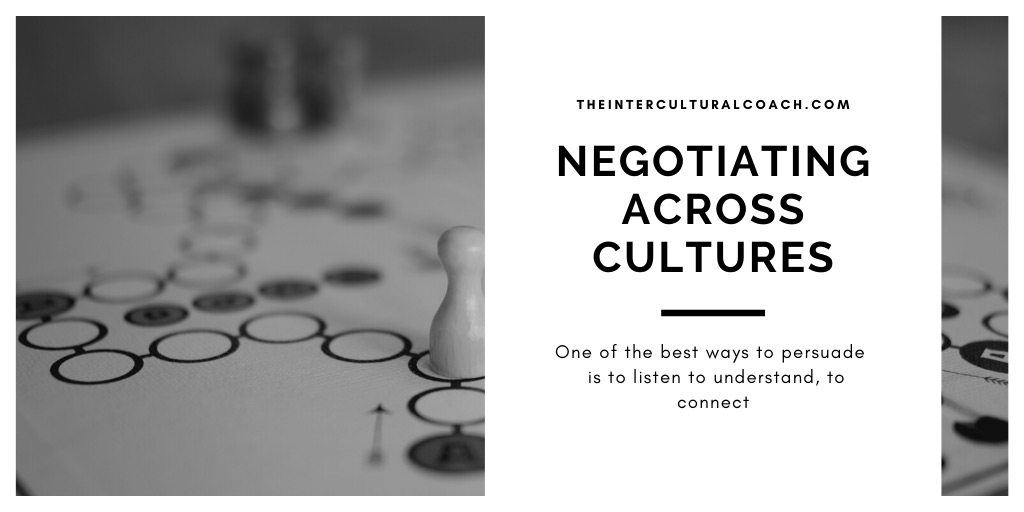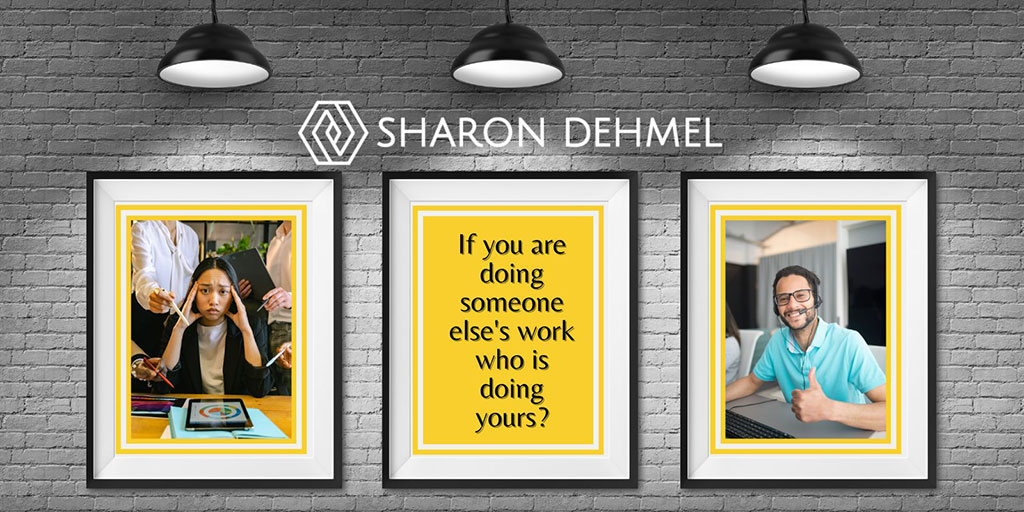
The process of negotiation with your international client is not always linear, it varies depending on their cultural framework. Often it feels more like a dance where you take one step forward and three steps back. Or the same few steps can be repeated over and over resulting in you finding yourself back at the start again, much to your surprise and annoyance. In this scenario it becomes less and less like a dance and more like the board game ‘Frustration’ except the stakes are much higher as are the levels of exasperation.
Unlike the board game however it is not just the people who are sitting at the table who you must consider. Who are the other stakeholders involved, A-list clients, C-suite executives or tried and trusted existing suppliers. A careful stakeholder analysis can be a useful way of identifying possible influences that are not immediately obvious.
Alternative possible outcomes or cultural scenario analysis helps you prepare for failure and anticipate the unique obstacles culture can put in your way. It helps you test the robustness of your strategy and the potential impact of unexpected influences like how they prefer to build trust or their decision making process. What else can I do if I don’t clinch the deal? Who do I know who can help me? Forewarned is forearmed.
What’s important to your clients varies from culture, it may be a question of design first or quality? The assumption that one approach works everywhere fails to consider the complex mosaic of differences that exists between countries and cultures. Coca-cola had to withdraw its 2 litre bottles in Spain when they found out that few people owned a fridge large enough to accommodate it.
Commitments can vary, legal contracts, a verbal agreement or even a handshake. Find out in advance which one is the norm.
“Indifference is expensive, hostility is unaffordable, trust is priceless,” Ted Rubin.
Don’t assume that your approach to doing business is the same as theirs. Take the time to identify the gaps, only then can you come up with tailored strategies that work for you, adapted to your style and enabling you to be able to bridge the differences seamlessly.
Deep listening lays the foundation for empathy one of the core pillars of trust. It is a skill, one we can all improve on. Regardless of whether your communication is via phone, virtually or face-to-face you can still demonstrate you are fully engaged by giving either non-verbal feedback like a smile or a nod, on the phone it can be a short phrase or sound.
Stay present, the average person speaks between 135 and 160 words per minute. The brain however works between 400 to 600 words per minute. No wonder It is so easy for your mind to stray. If you notice your mind drifting, acknowledge it, then let it go and focus back on your client.
It’s not just about making them feel appreciated and understood but it also allows you to focus not only on what they are saying but how they are saying it and sometimes more importantly what they are not saying.
In my experience very often it’s the reason why so many people can’t answer the question “what happened?” I thought you had it in the bag. You don’t need to be an expert on every culture but what you do need to be is an expert on yourself, listening and being comfortable with uncertainty and the unfamiliar, unfamiliar ways of doing business, unfamiliar values and priorities.



